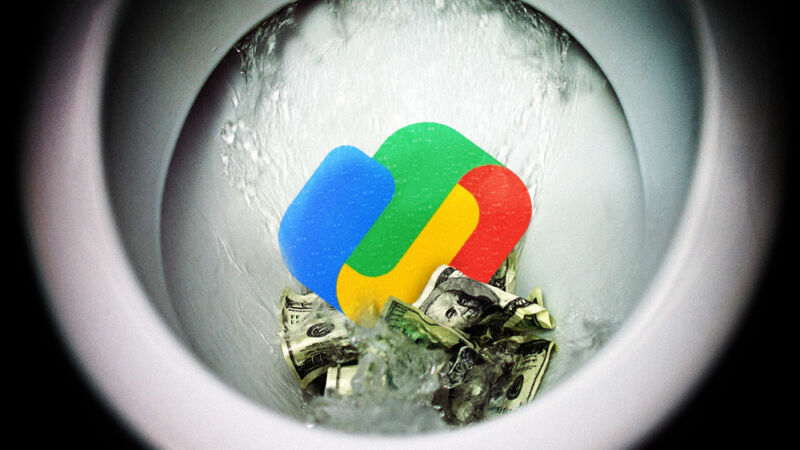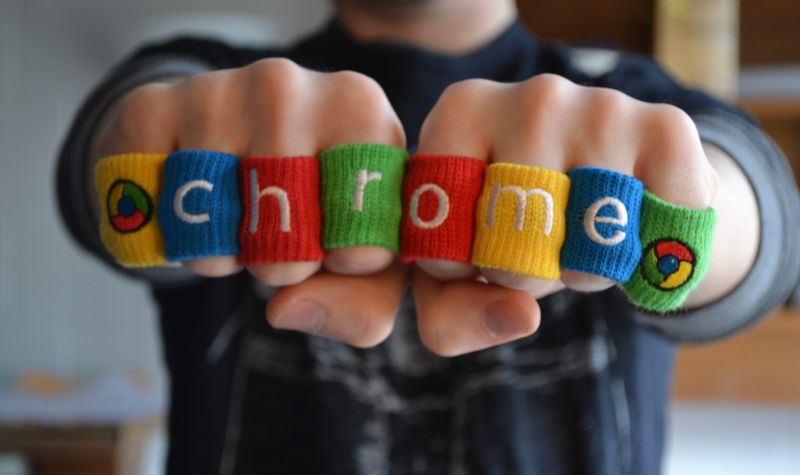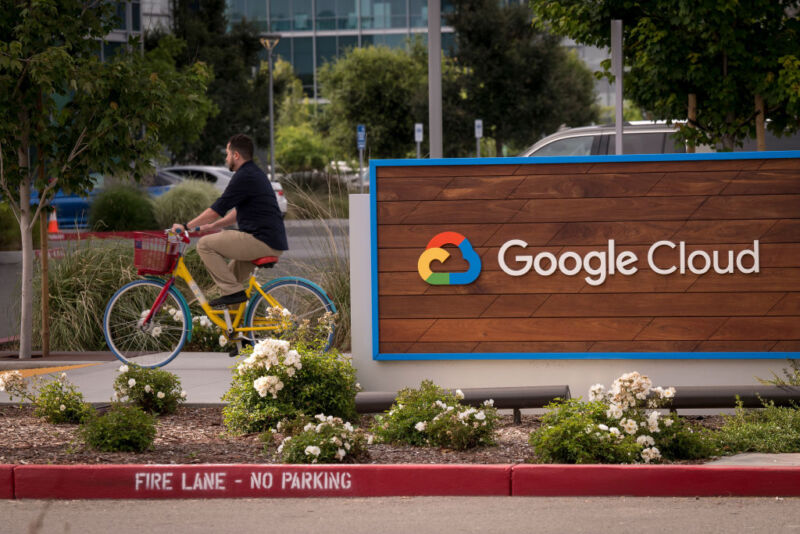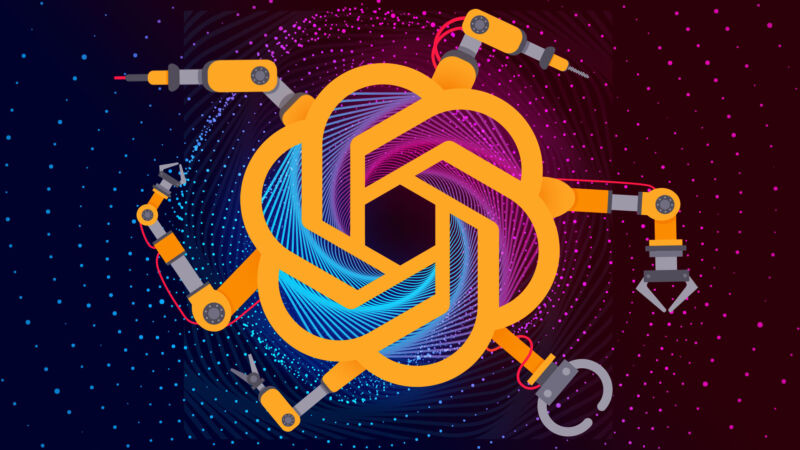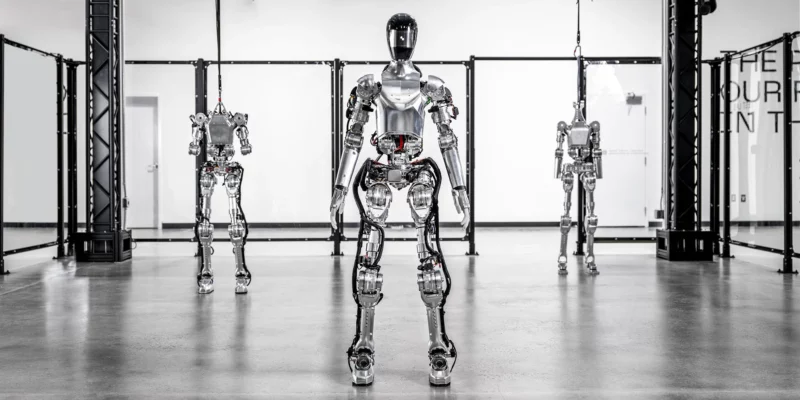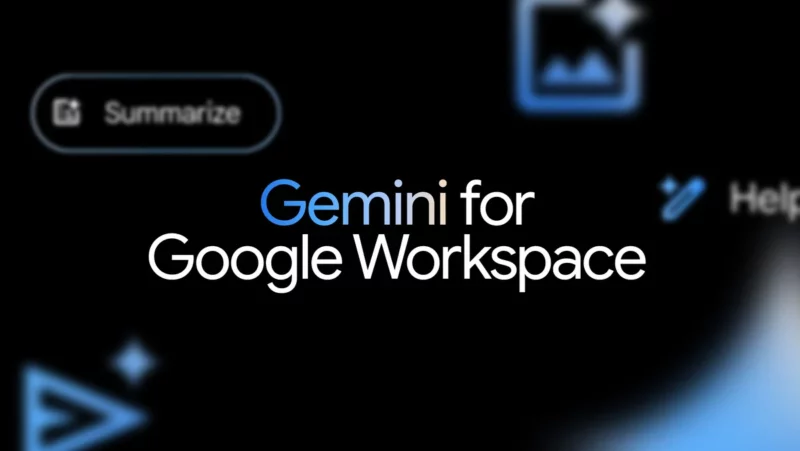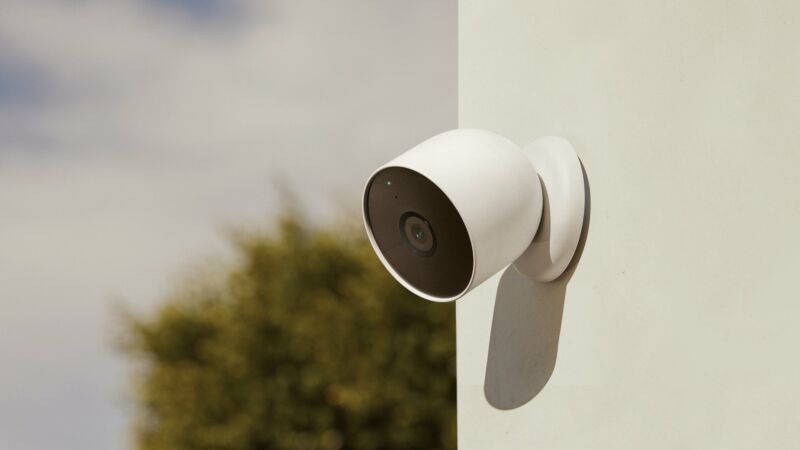The Google Pay app is dead

Enlarge / Google Pay is dead! (credit: Aurich Lawson / Ars Technica)
Google has killed off the Google Pay app. 9to5Google reports Google's old payments app stopped working recently, following shutdown plans that were announced in February. Google is shutting down the Google Pay app in the US, while in-store NFC payments seem to still be branded "Google Pay." Remember, this is Google's dysfunctional payments division, so all that's happening is Google Payment app No. 3 (Google Pay) is being shut down in favor of Google Payment app No. 4 (Google Wallet). The shutdown caps off the implosion of Google's payments division after a lot of poor decisions and failed product launches.
Google's NFC payment journey started in 2011 with Google Wallet (apps No. 1 and No. 4 are both called Google Wallet). In 2011, Google was a technology trailblazer and basically popularized the idea of paying for something with your phone in many regions (with the notable exception of Japan). Google shipped the first non-Japanese phones with the feature, fought carriers trying to stop phone payments from happening, and begged stores to get new, compatible terminals. Google's entire project was blown away when Apple Pay launched in 2014, and Google's response was its second payment app, Android Pay, in 2015. This copied much of Apple's setup, like sending payment tokens instead of the actual credit card number. Google Pay was a rebrand of this setup and arrived in 2018.
The 2018 version of Google Pay was a continuation of the Android Pay codebase, which was a continuation of the Google Wallet codebase. Despite all the rebrands, Google's payment apps were an evolution, and none of the previous apps were really "shut down"—they were in-place upgrades. Everything changed in 2021 when a new version of Google Pay was launched, which is when Google's payment division started to go off the rails.

